2nd Grade Teachers College Reading Writing Project Informational Text
A Workshop Curriculum, Grades K-eight
Lucy Calkins and her Teachers College Reading and Writing Projection coauthors aim to prepare students for any reading and writing task they volition face up and to turn kids into life-long, confident readers and writers who brandish agency and independence. Lucy and her colleagues have drawn on their more than 30 years of enquiry and work in thousands of schools across the country and around the globe to develop powerful curriculum resources, instructional methods, and professional person learning opportunities to support teachers as they piece of work together and with their students toward these vitally important goals.
Why Workshop?
The Reading and Writing Project's arroyo to didactics recognizes that "one size fits all" does not match the realities of the classrooms and schools in which they work. When you walk into a workshop classroom at any given moment, you'll come across instruction that is designed to:
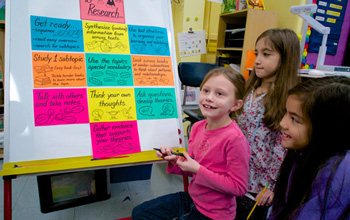
- aid teachers accost each child'south private learning,
- explicitly teach strategies students volition use not only the 24-hour interval they are taught, but whenever they need them,
- back up pocket-sized-group work and conferring, with multiple opportunities for personalizing instruction,
- tap into the power of a learning community as a way to bring all learners along,
- build option and assessment-based learning into the very design of the curriculum,
- help students work with engagement and then that teachers are able to coach individuals and lead modest groups.
The routines and structures of reading and writing workshop are kept simple and predictable and then that the teacher can focus on the complex work of instruction in a responsive manner to accelerate achievement for all learners.
Reading and Writing Bill of Rights
- one
Above all, good teachers affair. Learners need teachers who demonstrate what information technology means to alive richly literate lives, wearing a love of reading and writing on their sleeves.
- 2
Students need a balanced approach to English/language arts, one that includes a responsive approach to the education of both reading and writing. Researchers have studied examples of exemplary literacy instruction. In every example, when they found a classroom with high literacy appointment, they establish balanced teaching in place.
- 3
Reading and writing need to be taught like other basic skills, with direct, explicit instruction— including spelling, conventions, and the skills and strategies of proficient reading and writing.
- 4
Readers need long stretches of fourth dimension to read, and writers need extended opportunities to write.
- v
Writers need to larn to utilize writing process: rehearsing, drafting, revising, editing, and publishing their writing. Readers need opportunities to consolidate skills so they can use skills and strategies with automaticity within fluid, engaged reading.
- vi
Writers deserve to write for existent, to write the kinds of texts that they see in the world, and to write to put significant onto the page. Readers need opportunities to read high-interest, accessible books of their own choosing.
- 7
Readers and writers need teachers to read aloud to them.
- eight
Students demand opportunities to talk and sometimes to write in response to texts.
- 9
Readers need to read increasingly complex texts appropriate for their course level and they need back up reading nonfiction and building a knowledge base and academic vocabulary through data reading.
- 10
Learners need clear goals and frequent feedback tailored specifically to them. They need to hear means their reading and writing is getting better and to know what their next steps might be.
Source: https://www.unitsofstudy.com/introduction
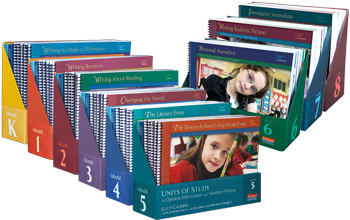
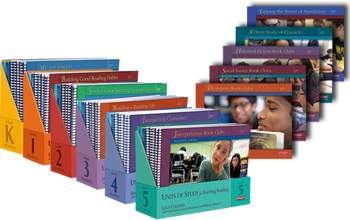
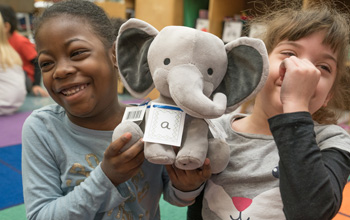
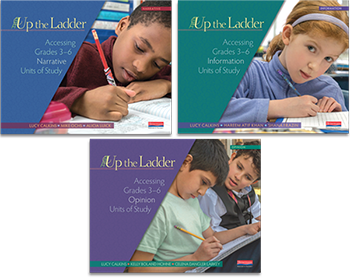
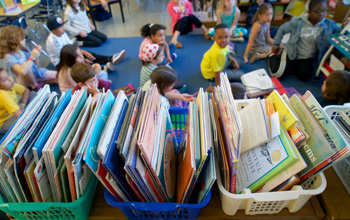
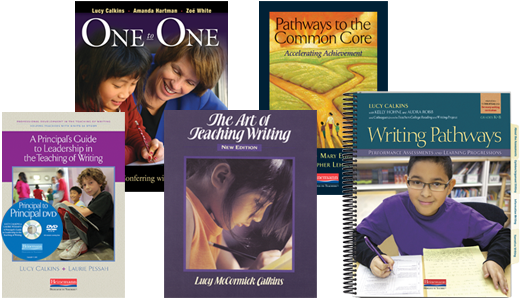
Postar um comentário for "2nd Grade Teachers College Reading Writing Project Informational Text"